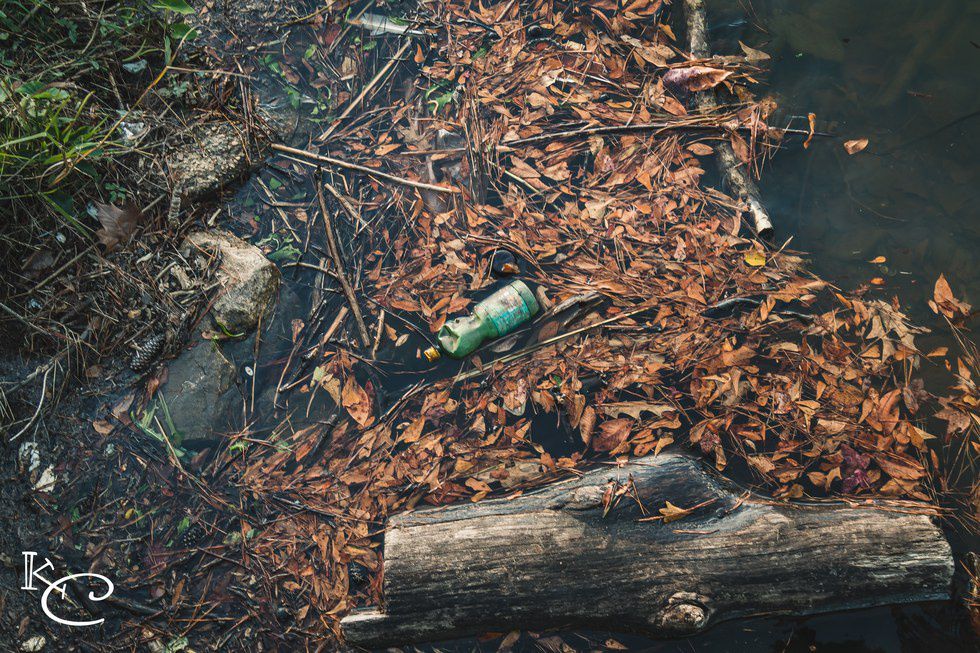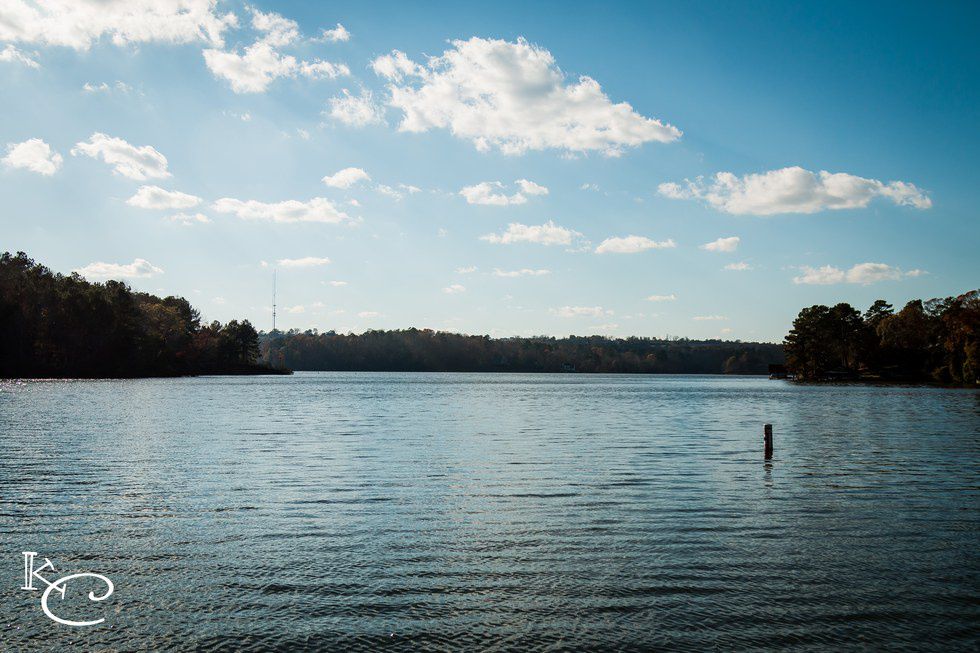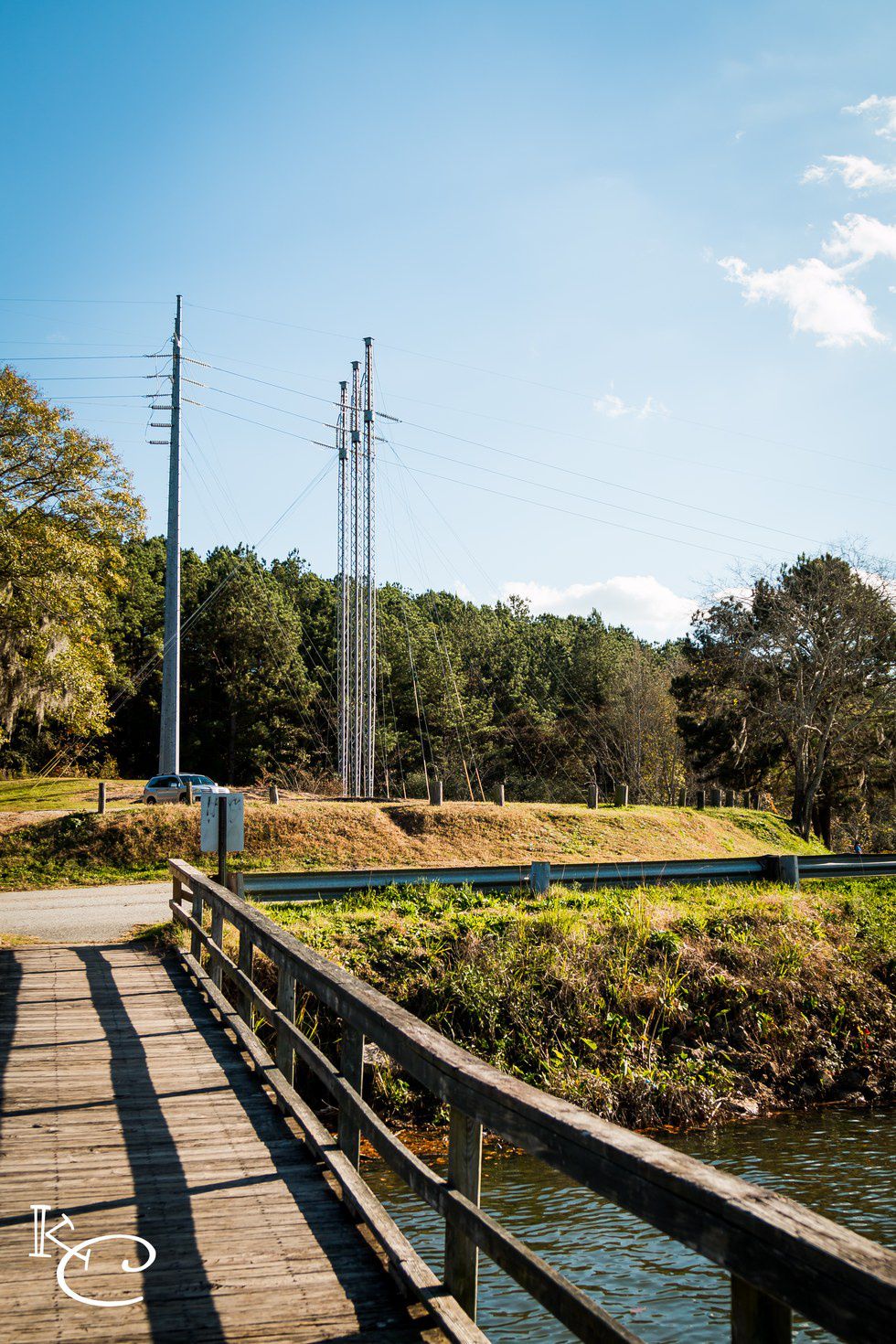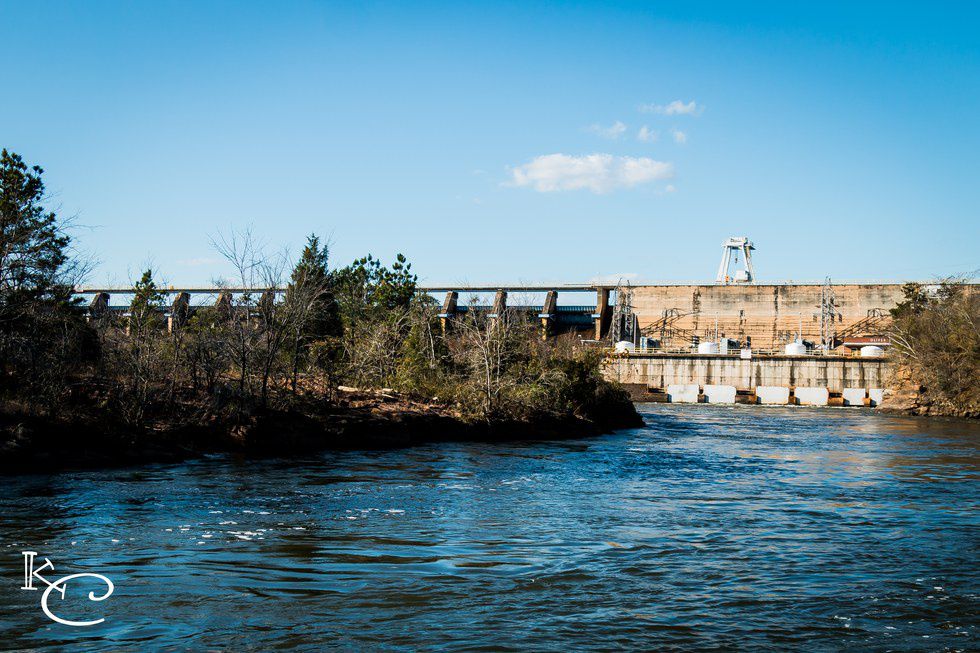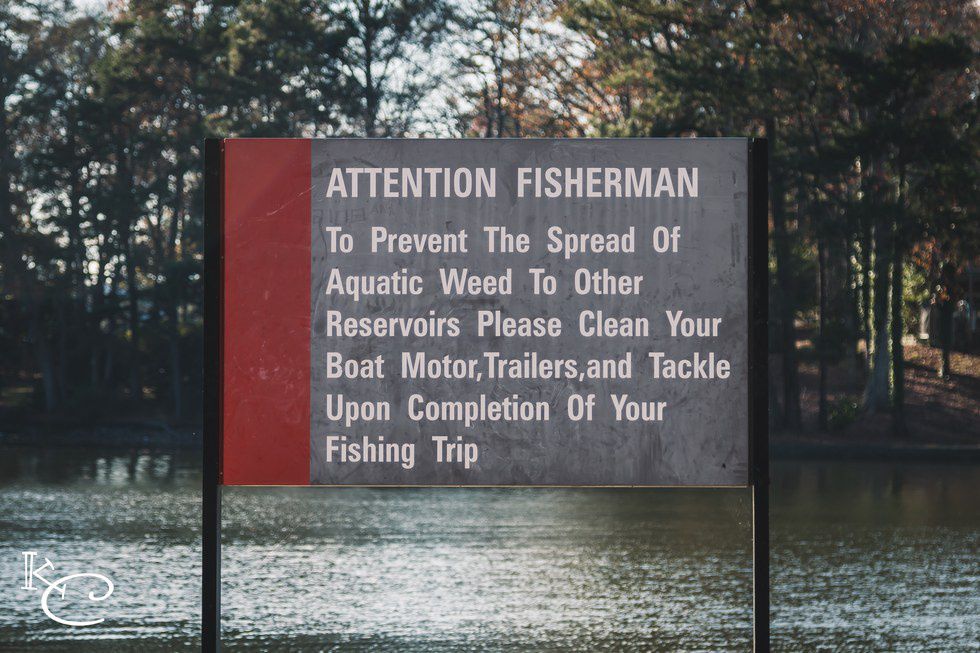We’ve all heard of being sustainable; maybe you recycled your water bottle last week instead of throwing it in the trash and turned the water off while you brushed your teeth this morning, but what about the unsustainable actions that happen every day that drastically impact our local environment?
This past semester, I was enrolled in an environmental science class at my university, and our professor challenged us to participate in a project related to sustainability. I decided to take the knowledge I learned from the semester and research ways in which Columbus, Georgia is unsustainable, and then visited various locations to photograph these issues in practice. After completing this project, I was absolutely shocked at how much our community is damaging the environment
Part One
The first part of this three part series examines the effect that dams have on the freshwater ecosystem. Most of the effects on the environment that arise from an artificial lake and dam occur downstream and are unseen on the surface. Even though you may find some trash floating around on the surface, there are much more serious issues than a few plastic bottles occurring in our freshwater ecosystem.
Trash seen floating along the edge of Lake Oliver
Lake Oliver is a 2,150-acre reservoir created by the Oliver Dam and Generating Plant in 1959 by Georgia Power. The dam currently produces 60,000 kW of electricity strictly from hydro power, which is enough energy to power 22,000 homes each year. While utilizing this renewable energy is great compared to burning fossil fuels, there are consequences that accompany building a dam to harness that energy.
What a beautiful sight Lake Oliver is
Power lines connecting Columbus to the hydro power from the Oliver dam
The Chattahoochee River flows to the Apalachicola River, which then empties into the Gulf of Mexico. The Apalachicola River and Bay, a major source of biodiversity and ecological productivity, is currently under threat because of the loss of floodplains. The creation of dams and reservoirs on the Chattahoochee has drastically drained the amount of water flowing through the Apalachicola River. Along with major droughts, this has caused the floodplain to lower and many animals and plants that rely on the floodplain have severely lowered in population, which creates a ripple effect on the ecosystem. According to the Apalachicola Riverkeeper, in 2012 the “seafood productivity of the Bay collapsed” and many species’ populations plummeted, such as the Apalachicola oysters and Tupelo trees, because the dams and reservoirs on the Chattahoochee hold back too much water, which affects the salinity of the Apalachicola and the flow of the water. According the World Wildlife Fund's Living Planet Index, freshwater species have declined 76 percent since 1970, and this is mostly due to habitat degradation/change and habitat loss. There are 16 dams constructed along the Chattahoochee, four of which are in Columbus. Georgia is currently debating building another 140 ft dam and reservoir in Hall County as another water resource for Atlanta. Can you imagine how this is going to continue to affect the floodplains once built?
The Oliver Dam as seen from the Riverwalk
Dams also restrict migrating fish species, such as the Alabama shad, which is now a Species of Greatest Conservation Need. The shad live in the Gulf of Mexico and migrate upstream for spawning; they once inhabited systems as far inland as Oklahoma, Iowa, and West Virginia, but now the largest population is found in the Apalachicola River below the Jim Woodruff Dam on the Georgia state border. The biggest threat to this species has been habitat alteration and poor water quality. Dams along rivers have restricted these fish from traveling upstream for their spawning, which is a major cause for their depleting population. Not only are these actions impacting Columbus and Georgia, but the entire world. According to the World Wildlife Fund, species such as sturgeon, egrets, Irrawaddy dolphins, and even people are suffering from dams that are negatively impacting the environment.
It takes years of data collection to evaluate how dams and artificial lakes are affecting an ecosystem’s health, so we may never know the true damage we are doing to the Chattahoochee River System until it is too late. Even though dams offer a great source of renewable energy for us, too many dams along a river cause serious issues to the river system's biodiversity and ecological health. We need to take action to make sure that the dams we build are having a minimal impact on the environment, but until those solutions are enacted, we will continue to lose vital parts of our freshwater ecosystem.




